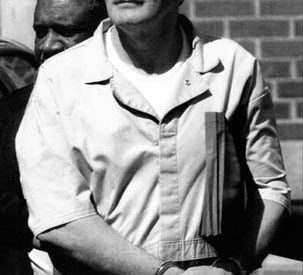A cruel world we live in where you can?t trust anybody
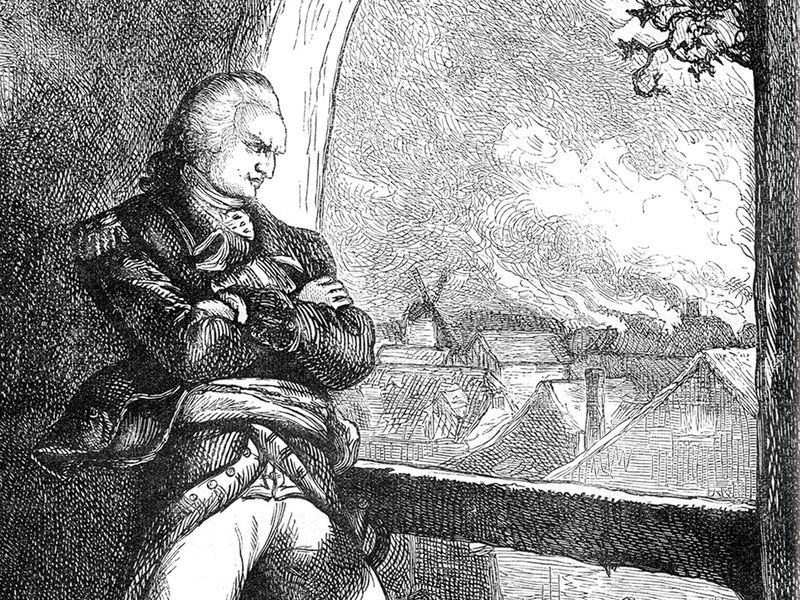 Benedict Arnold
Benedict Arnold
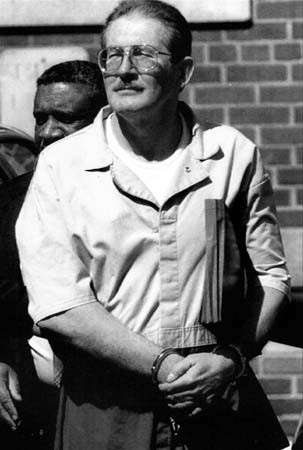 Aldrich Ames
Aldrich Ames
Aldrich Ames began working for the CIA during high school and continued to work for the well-known organization until 1994 when he was discovered to be a Soviet double agent. He specialized in selling to the KGB the identities of CIA agents placed inside him.
The damage to American intelligence cannot be known to its full extent, but Ames is estimated to have exposed more than 100 agents and is directly responsible for at least 10 deaths. A careful analysis of Ames? finances revealed that he and his wife raised more than $ 4.6 million over their espionage careers.
Ames admitted his guilt and also confessed following an agreement to reduce his wife?s sentence. Thus, he was sentenced to life imprisonment, and his wife only 63 months in prison.
Tokyo Rose (Toguri Iva)
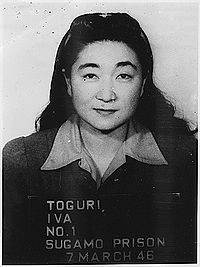 Toguri Iva
Toguri Iva
?Tokyo Rose? is a collective nickname for several women who worked for Radio Tokyo during World War II. Among the songs on the radio, these women were the source of Japanese propaganda designed to make American soldiers nostalgic for returning home. Iva Toguri D?Aquino, a graduate of the American university UCLA, is the best known of them.
An American citizen of Japanese descent, she worked for Radio Tokyo between 1943 and 1945. Immediately after the war, she was arrested but later released without trial. But in 1948 she was arrested again and sentenced a year later for treason.
D?Aquino spent six years in prison. During the trial, she denied all allegations of disloyalty to the United States, and prosecutors did not present any radio broadcasts as evidence against her. In fact, the evidence that led to her conviction turned out to be false, so President Gerald Ford pardoned her in 1977.
Julius and Ethel Rosenberg
In 1953, Julius and Ethel Rosenberg were the first civilians executed under Section II of the Espionage Act. They were accused of passing secrets about the atomic bomb to Russian agents, the secret information coming from Ethel?s brother who was working on the Manhattan project.
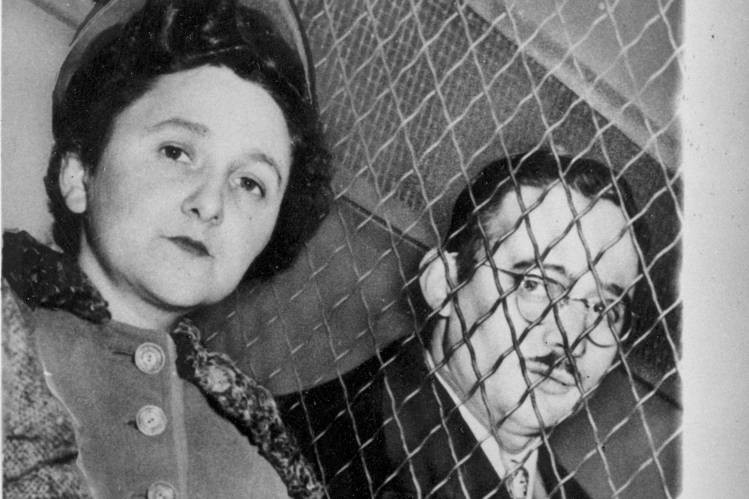 Julius and Ethel Rosenberg
Julius and Ethel Rosenberg
Their trial was considered the ?trial of the century,? and many Americans believed the two were wrongfully tried. However, recently declassified information from Russia supports the testimony that Julius was indeed a courier and recruitment agent for the Soviet Union.
In addition, Morton Sobell, who was tried along with the Rosenbergs and spent 17 years in prison, admitted in 2008 that he had been a spy and that Julius Rosenberg had given the Soviets information about the atomic bomb.
Robert Hanssen
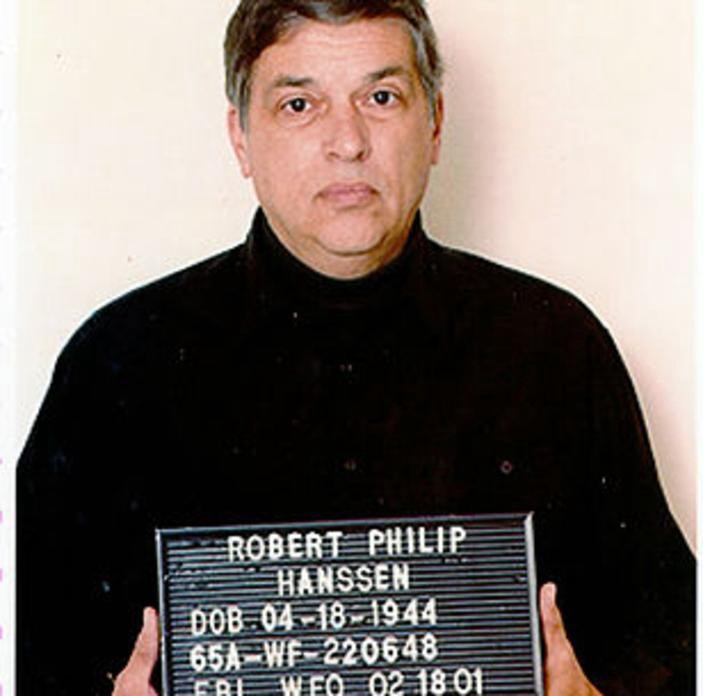 Robert Philip Hanssen
Robert Philip Hanssen
Robert Hanssen is a former FBI agent who spied for the KGB and Russian secret services for 22 years between 1979 and 2001.
During his spy career, Hanes compromised numerous investigations and operations, including the surveillance of Felix Bloch, suspected of being a so-called ?mole?. In addition, he identified many Russian agents who contacted the FBI for the KGB.
The aftermath of the money transfers and Hanssen?s recklessness eventually left him empty-handed and led to his conviction. In 2001, he pleaded guilty to 13 counts of espionage and was sentenced to life in prison without the possibility of parole.
Today, he is in one of the safest American prisons, where he spends 23 hours a day in his cell.
Adam Yahiye Gadahn
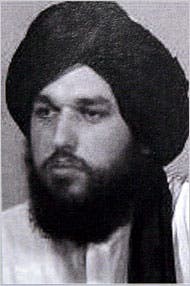 Adam Yahiye Gadahn
Adam Yahiye Gadahn
An American that converted to Islam, Adam Yahiye Gadahn, threatened, through a video, that he was planning a terrorist attack in the city of Los Angeles. As a member of Al Qaeda?s ?media committee?, Gadahn was a translator, video producer, cultural interpreter, and spokesman for the terrorist organization.
His God-like powers with the use of propaganda seemed almost assured, even exaggerated. After the videos made by Gadahn reached the public, he was arrested and became the first American accused of treason since the Cold War.
John Walker, Jr.
 John Walker, Jr.
John Walker, Jr.
In 1967, U.S. Navy Communications Officer John Walker, Jr. sneaked into the Soviet embassy in Washington with a proposal to sell US secrets to the Russians. He offered the Soviets the settings for the KL-47 cipher machine to decode messages from the United States Navy.
His motivations were strictly financial, and in exchange for the sums he received, he gave the KGB, for 17 years, a lot of information: the positions of American nuclear submarines, the procedures that the United States would have followed in the case of launching nuclear missiles into the USSR. , the location of underwater microphones through which Americans detected Soviet submarines.
Moreover, KGB agents also learned of all the movements of Vietnamese troops from 1971?1973, and the precise plans for the airstrikes that the Americans were to carry out against North Vietnam.
According to Vitaly Yurchenko, a KGB defector, ?this was the most important case in KGB history. I deciphered millions of your messages. If it was a war, we would have won it. ?
Benedict Arnold
 Benedict Arnold
Benedict Arnold
Last but not least we have Benedict Arnold. During the American Revolutionary War, Arnold first joined the Continental Army, but later sided with the British. When he was still a general on the American side, he became the commander of a fort in New York, which he offered to the British.
The plot was discovered in September 1780 when the Americans captured John Andr, the English major, who had on him papers revealing Arnold?s proposal to the British.
He escaped the soldiers of a very upset George Washington by hiding on a British ship anchored on the Hudson River. The British made full use of the services of the new acquisition ? Arnold led several raids in Virginia, New London and Connecticut.

